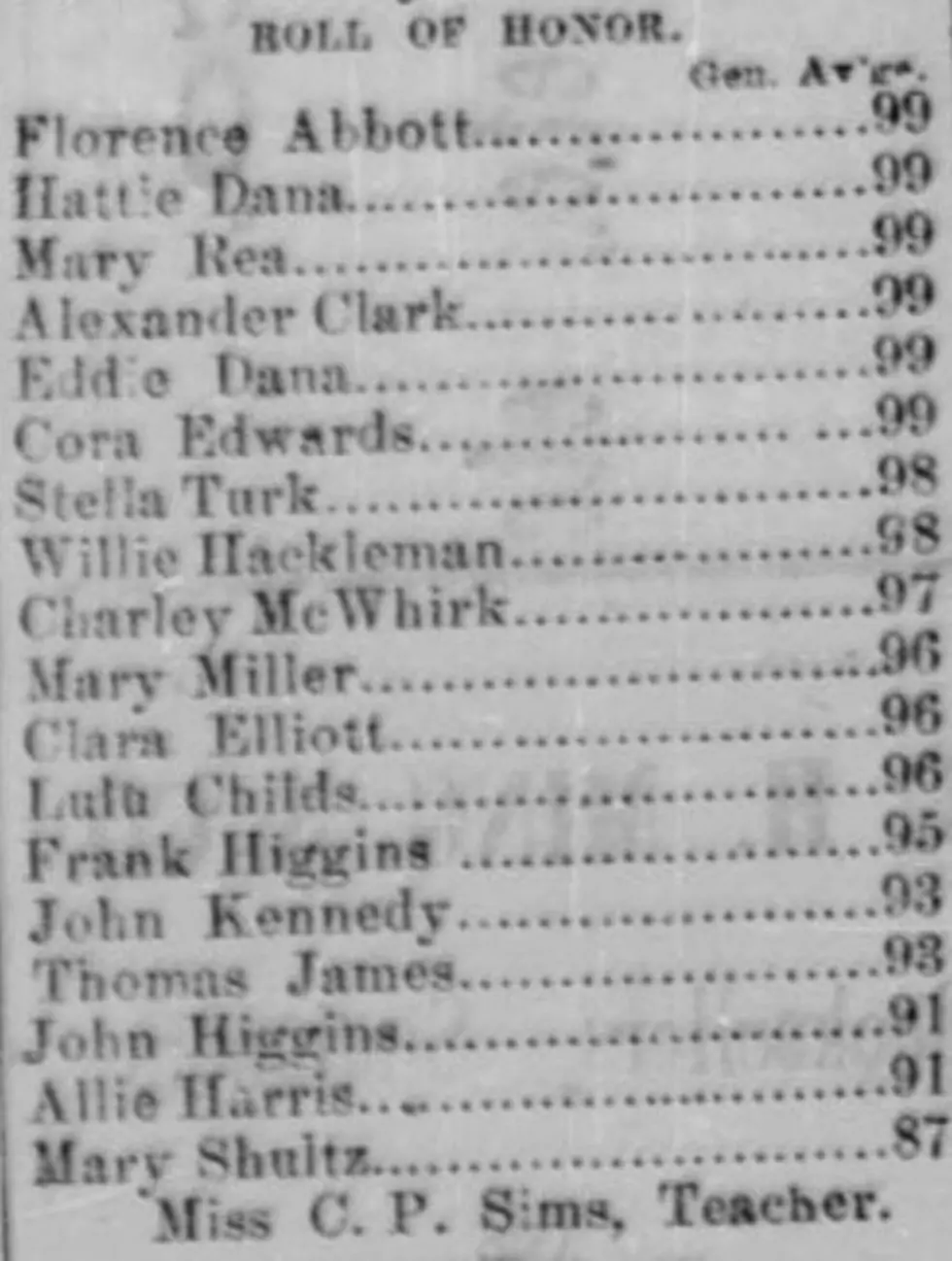
Harmon’s Histories: Early Missoula schools embroiled in public-private brouhaha
Jim Harmon/Missoula Current
Hattie and Eddie Dana were at the top of the school honor roll in January 1874. Not far behind were Charley McWhirk and John and Frank Higgins.
The Missoula public schools boasted a total of 26 students, although only 21 attended regularly.
Unlike today, there were no public funds to pay for public schooling. The money came from private subscriptions for a “select school” by those parents who believed strongly in education.
Miss Sims was chosen to be the select school’s teacher. She supplied her own maps, charts and “a handsomely mounted globe” of the world. Parents were impressed by the woman.
The public school district, by comparison, was in a “state of bankruptcy,” having spent all its funds on the just-completed winter session. So a few members of the school board suggested that Miss Sims might like to use the public school house, and pay the district $20 rent.
That rent money, according to one school board member, could then “be used (to create) a free school for the benefit of the whole district,” with Miss Sims teaching those students, too.
Eventually, voters approved a $250 levy to pay for a public summer school, only to have the school directors create another imbroglio by hiring Mr. C.M. Sedgwick as the new teacher.
The reasoning was: “a male teacher would be better able to control the older and more refractory pupils.” But the students disagreed. Their parents put in circulation a subscription paper to raise money for a select school with Miss Sims in charge.
The Weekly Missoulian newspaper reported, “Miss Sims is thus vindicated from any supposed censure implied by her not being re-engaged by the directors, while, on the other hand, this action places the gentleman employed in a very awkward position. This state of affairs is to be regretted by all lovers of the cause of education.”
So Missoula suddenly found itself with two schools and two school teachers. Mr. Sedgwick was in charge at the public school house, while Miss Sims occupied a “comfortable room in the old St. Charles Hotel” for her select school.
The Missoulian newspaper applauded the arrangement.
“A better state of feeling seems to be manifesting itself among our citizens, and it is to be hoped for the sake of the cause of education and for the peace and harmony of the community, that the whole matter will cease to be discussed in any other than a conciliatory and amiable spirit.”
It was further hoped “that all parties will quietly accept the situation, endeavor to discard all bitterness and personal feeling and in this manner a better state of affairs may be brought about, the breech closed up, and will become reunited and working together for the general good.”
With those issues resolved, the school teachers were free to get back to the job of teaching.
Well, not entirely. Classes were still occasionally disputed by “naughty boys,” according to the local press.
“Instead of paying proper attention to their lessons, as all good boys should,” some boys “persist in slyly shooting off firecrackers and throwing beans at girls, to the great annoyance” of the teachers.
One newspaper scolded the boys, “This is very ugly, boys, and you should not do so.”
Of course, as boys grow older and their perceptions of girls change, so must the tactics of teachers.
In Illinois, a Dewitt county school teacher “introduced a new method of punishment in his school.”
“When one of the girls misses a word, the lad who spells it correctly has permission to kiss her. The result is that the girls are fast forgetting all they ever knew about spelling, while the boys improve rapidly.”
Alas, I guess I was born too late. There was no such creative teacher in my school years.
Jim Harmon is a longtime Missoula news broadcaster, now retired, who writes a weekly history column for Missoula Current. You can contact Jim at harmonshistories@gmail.com. His best-selling book, “The Sneakin’est Man That Ever Was,” a collection of 46 vignettes of Western Montana history, is available at harmonshistories.com.
